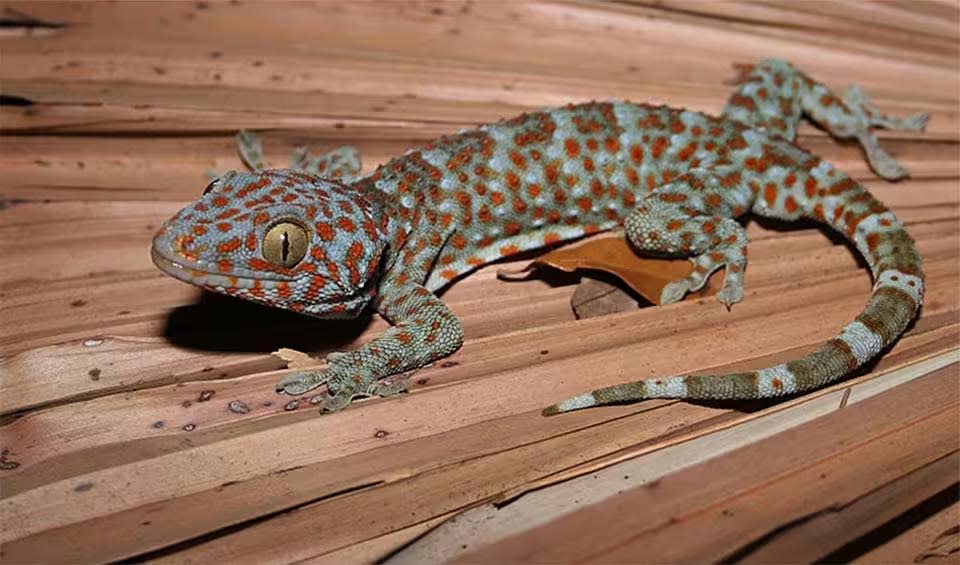Positioned within the biodiversity hotspot of Wallacea, East Timor boasts globally significant ecosystems and endemic species. Its strategic location in the Coral Triangle, known for its rich marine biodiversity, further enhances its ecological importance. With approximately 700 kilometers (435 miles) of coastline and a potential Exclusive Economic Zone (EEZ) covering around 75,000 km² (28,956 mi²), East Timor offers a diverse array of habitats.
The region is also endowed with over 100 rivers flowing into the coastal zone, sustaining unique ecosystems. East Timor hosts 24 key wetland sites recognized for their environmental significance, serving as vital habitats for diverse plant and animal species, and requiring conservation efforts and resource management to ensure their preservation.
Four pillars elaborated:
Timor-Leste, officially recognized as East Timor, boasts several revered protected areas cherished for their historical, cultural, and environmental significance. The Nino Konis Santana National Park, established in 2007 in Lautém, covers an area of 1,236 km² (477 mi²), marking the country’s inaugural national park. Beyond this landmark, East Timor features additional terrestrial zones earmarked for conservation, encompassing notable mountain peaks, forest remnants, coastal swamps, picturesque beaches, and the scenic Jaco Island. These protected areas serve as vital bastions for safeguarding biodiversity, preserving cultural heritage, and nurturing the natural splendor of East Timor. Oversight and management of these regions are entrusted to the Department of Protected Areas and National Parks, ensuring concerted conservation efforts. Land Management
Land Management
The primary factors driving biodiversity decline in East Timor are the excessive exploitation and unsustainable utilization of natural resources, coupled with habitat degradation and fragmentation. These issues stem primarily from deforestation, uncontrolled extraction of sand and stones from rivers, unsustainable agricultural methods, and land conversion for alternative purposes. Additionally, pollution, the introduction of invasive alien species, and the impacts of climate change further exacerbate the loss of biodiversity in the region. Threats to Biodiversity
Threats to Biodiversity
East Timor has implemented various measures to conserve its biodiversity and natural assets, notably through its National Adaptation Plan (NAP) Process and emphasis on Ecosystem-Based Adaptation (EbA). Acknowledging EbA’s significance in addressing climate change impacts, East Timor integrates ecosystem protection into its climate action agenda. The country’s NAP process prioritizes EbA as a cornerstone, aiming to bolster resilience and diminish vulnerability for both ecosystems and livelihoods. Capacity and Governance
Capacity and Governance
Additionally, the Timorese government has designated protected areas, including marine reserves, to safeguard biodiversity. Within the Coral Triangle waters, they’ve established “no-take zones” to prohibit fishing, promoting healthy fish populations and species survival. Furthermore, East Timor has enacted laws and regulations governing environmental and natural resource management, striking a balance between conservation efforts and the development of nature-based tourism.
The National Biodiversity Strategy and Action Plan (NBSAP) acts as East Timor’s foundational roadmap for biodiversity preservation, integral to the nation’s development aspirations for the forthcoming two decades. Aligned with the National Strategic Development Plan (SDP) of Timor-Leste spanning from 2011 to 2030, the NBSAP delineates strategies and objectives aimed at conserving biodiversity. Future Trends
Future Trends
Biodiversity
Timor-Leste, officially recognized as East Timor, is a nation situated in Southeast Asia, renowned for its abundant biodiversity despite its modest dimensions. The country’s ecological diversity spans across terrestrial and marine realms, with recent studies revealing new species such as bats, frogs, geckos, skinks, and marine megafauna. These discoveries highlight the biological richness and importance of Timor-Leste’s ecosystems.Positioned within the Coral Triangle, a marine hotspot renowned for its vast coral species and expansive mangrove forests, East Timor boasts six of the world’s seven marine turtle species, alongside majestic whale sharks, manta rays, and a diverse array of marine mammals including 22 dolphin species and various whales.
In the table below are the number of known species in several main groups, how many of these species are Threatened with extinction, and how many of them are Endemic (unique to East Timor only):
| Species (World rank) |
Threatened | % Threatened | Endemic | % Endemic | |
|---|---|---|---|---|---|
| Mammals | 65 (#152) | 5 | 7.7% | 1 | 1.5% |
| Birds | 235 (#161) | 8 | 3.4% | ||
| Reptiles | 31 (#142) | 2 | 6.5% | ||
| Amphibians | 6 (#153) | ||||
| Fishes | 1,091 (#41) | 25 | 2.3% | 3 | 0.3% |
| Plants | 240 (#205) | 2 | 0.8% | 23 | 9.6% |
mammals
Dugong
Often called dugong mermaids by sailors due to mammary glands and nursing habits are similar to humans
Crab-eating macaque
Despite their name,most of their diet makes up of fruits and seeds
Dwarf sperm whale
Named after the waxy substance “spermaceti” found in their head; producing ink-like liquid to help them escape from predators
birds
Nicobar pigeon
Considered one of the closest living relatives to the extinct dodo bird
White-bellied sea eagle
Its broad wings enable it to glide effortlessly on air currents, often seen navigating the coastal winds
King quail
The smallest of all Galliformes lives on the ground, camouflaged from predators
reptiles
Reticulated python
Largest living snakes on the earth, reaching lengths of up to 7 meters of 23 feet
Roti snake-necked turtle
A turtle with a neck that resembles… Yes, you guessed it, a snake!
Tokay gecko
Its large eyes are equipped with highly sensitive retinas, which allow it to see in low light conditions
National Animals
Saltwater crocodile
Largest of all living reptiles and the animal most likely to eat a human














